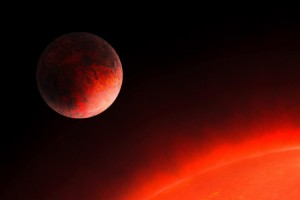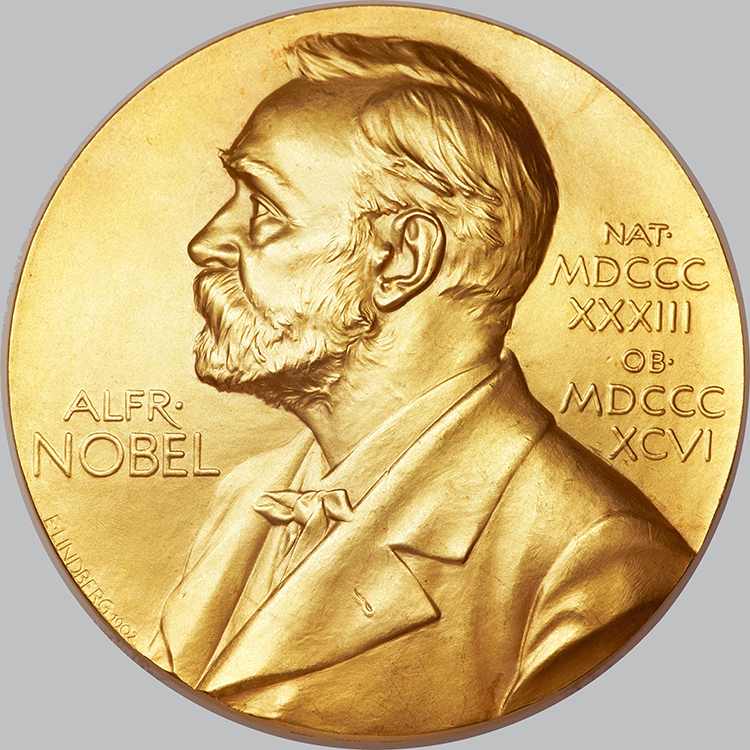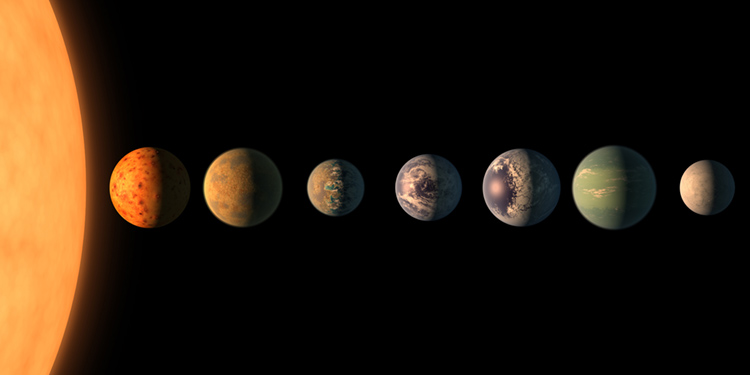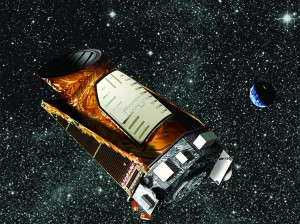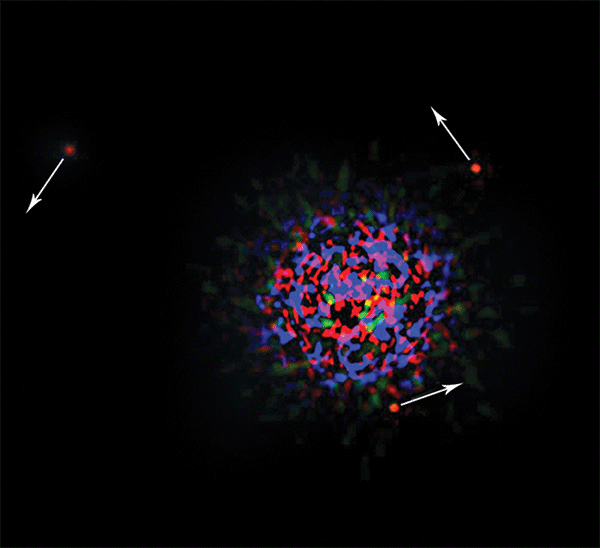Heavy Metal Planet
Wednesday, December 8th, 2021Do you know someone who listens to heavy metal music? Maybe you have friends who like to wear black clothing and bang their heads to loud tunes. Perhaps you have an uncle who’s into Ozzy Osbourne or Van Halen. You may know someone who’s pretty metal, but that person is probably an absolute creampuff compared with the heavy metal planet recently discovered by German scientists.
The planet, designated GJ367b, is an exoplanet, a planet orbiting a star beyond our solar system. It orbits a red dwarf star some 31 light-years from Earth in the southern constellation Vela, the Sails. One light-year is this distance light travels in one year, about 5.88 trillion miles (9.46 trillion kilometers).
At about 3/4 the size of Earth, GJ367b is the smallest exoplanet yet discovered. But, that does not mean that it is a lightweight. The exoplanet has a density of 8 grams per cubic centimeter, compared with about 5.5 grams per cubic centimeter for Earth. This extreme density suggests that GJ367b is the most metallic planet yet discovered. It probably consists mostly of an iron core, perhaps surrounded by a thin layer of rock.
The planet’s density is not its only extreme characteristic. The planet orbits extremely close to its parent star, whipping around the red dwarf every eight hours. If you lived on GJ367b, you might be able to celebrate your birthday about three times each Earth day. You probably wouldn’t like the weather, though. Daytime temperatures reach a sizzling 1500 °C (2700 °F). That’s almost hot enough to melt the planet’s metal. In fact, GJ367b may have an atmosphere composed of evaporated rock.
That scientists were able to learn so much about such a small planet shows just how far the hunt for exoplanets has advanced. Scientists discovered GJ367b using the Transiting Exoplanet Sky Survey (TESS) telescope, announcing the discovery in December. The TESS telescope identifies exoplanets by measuring changes in a star’s light as an orbiting planet transits (passes in front of) it. Scientists hope to learn even more about this heavy metal world with the launch of the James Webb Space Telescope.

